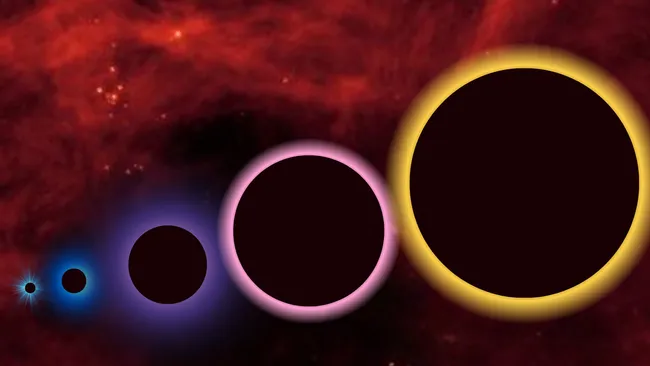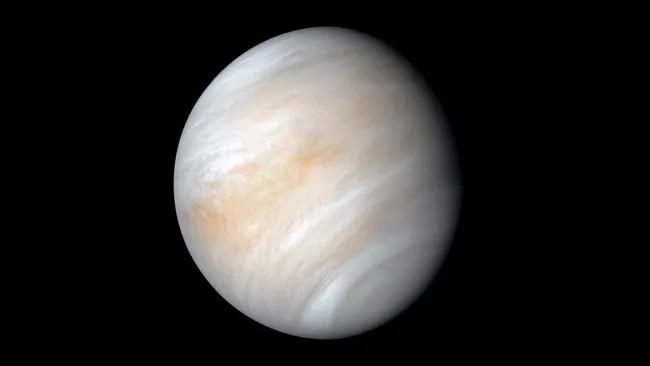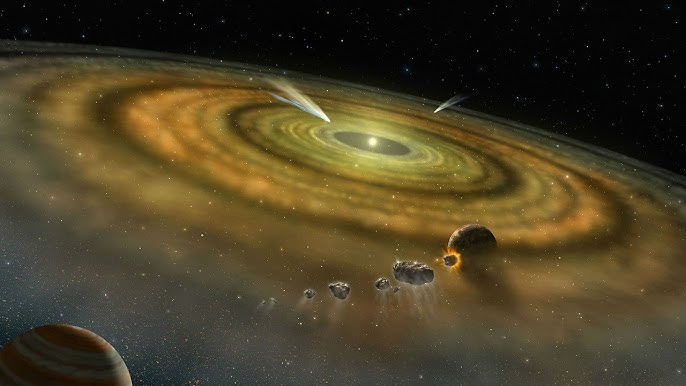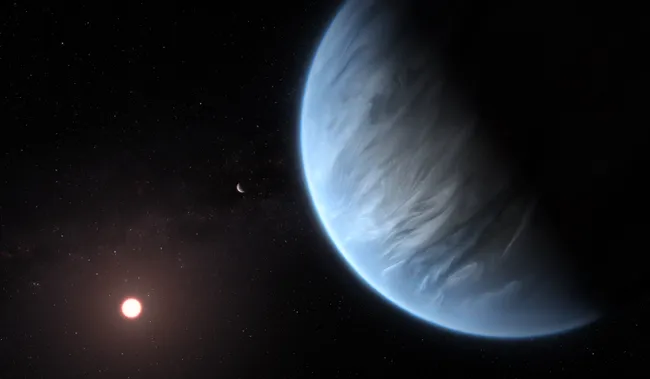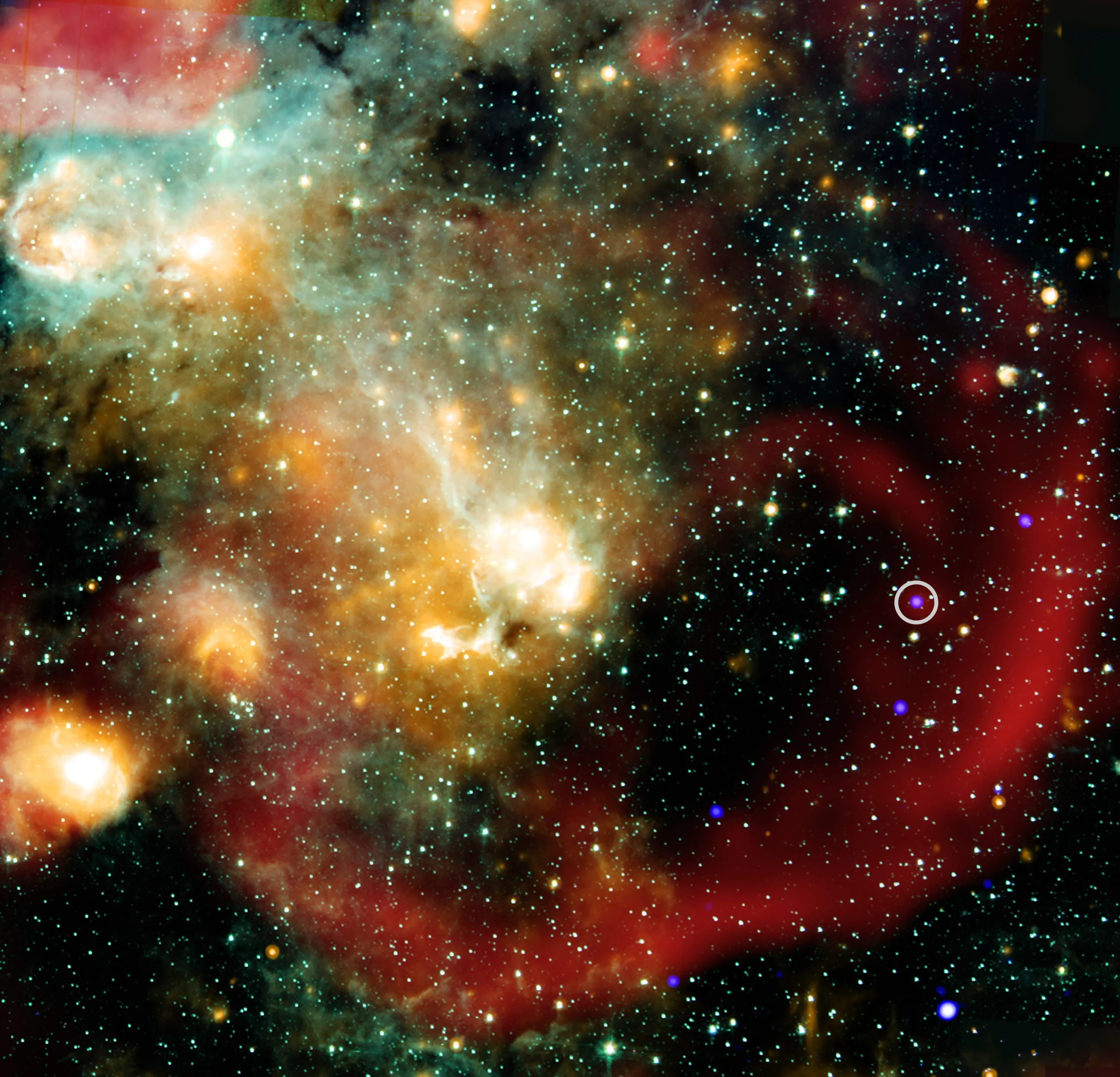Primordial Black Holes May Be the Missing Link Behind Early Supermassive Black Holes
Tiny black holes formed in the immediate aftermath of the Big Bang might have rapidly expanded into the colossal supermassive black holes that astronomers observe at the centers of galaxies — a discovery that could help solve one of the biggest puzzles in cosmology.
According to new complex cosmological simulations, these so-called primordial black holes may have existed mere seconds after the universe began. Freed from the growth limits faced by traditional “astrophysical” black holes, they could have rapidly consumed surrounding matter, ballooning into millions or even billions of solar masses within a few hundred million years.
This theory addresses a longstanding problem: how black holes could have reached such immense sizes so early. The James Webb Space Telescope (JWST) has revealed several black holes that appear fully formed just 700 million years after the Big Bang — including CEERS 1019, a supermassive black hole weighing nine million solar masses, observed at just 570 million years after the universe’s origin.
“That’s confusing,” says John Regan, a cosmologist and Royal Society University research fellow at Maynooth University in Ireland. “These black holes must either appear already massive, or grow incredibly fast from something smaller. We don’t have evidence for black holes forming at that size, nor do we understand how they could grow so quickly.”
The Advantage of Non-Astrophysical Origins
Primordial black holes differ fundamentally from other black hole types. While stellar-mass black holes result from the collapse of massive stars and supernovae, primordial black holes are theorized to have formed directly from dense fluctuations in the seething hot plasma during the universe’s first second. They are “non-astrophysical” — not birthed from stars or previous black holes.
Though still hypothetical, these objects have long intrigued physicists. Some have speculated that they could account for dark matter — the mysterious invisible substance that makes up 85% of the universe’s matter.
The simulations show that primordial black holes, with possible masses ranging from a fraction of a gram to 100,000 times that of the Sun, could have a crucial growth advantage. Unlike stellar black holes, their mass isn’t limited by star size, and they wouldn’t need to wait millions of years for the first stars to form and die. Instead, they could begin consuming hydrogen and helium — the most abundant elements in the early universe — almost immediately.
“Primordial black holes should form within seconds of the Big Bang,” Regan explains. “They could be more massive from the start and settle more easily into galactic centers, where there’s plenty of matter to feed on.”
Accretion, Not Mergers, Drive Growth
The simulations show that accretion — the consumption of gas and matter — would be the primary growth method, not black hole mergers. In the early cosmos, matter was mostly hydrogen and helium, which these black holes would feed on to gain mass.
Black holes must also find themselves in dense regions to grow efficiently — such as the centers of forming galaxies.
“If there are enough of them, a few primordial black holes might sink into galactic centers and grow rapidly,” Regan said.
If the early universe contained a large enough number of primordial black holes, they could explain the entire early supermassive black hole population. However, Regan suspects that astrophysical black holes might also contribute.
Searching for the Smoking Gun
So far, no primordial black holes have been directly observed. But two kinds of discoveries could change that:
- A very massive black hole existing before 500 million years post-Big Bang — earlier than current supermassive black holes.
- A very small black hole in the modern universe with a mass below three solar masses — too light to have formed from any known star collapse.
“Our simulations match the conditions where primordial black holes could exist and grow rapidly,” said Regan. “Now, we just need observational proof — either a tiny black hole today, or a huge one extremely early on.”
Until then, the team plans to refine their simulations by including both primordial and astrophysical black holes in the same models, to better understand their interactions and identify any unique traits.
The full study is currently available as a pre-peer review paper on arXiv.org.

